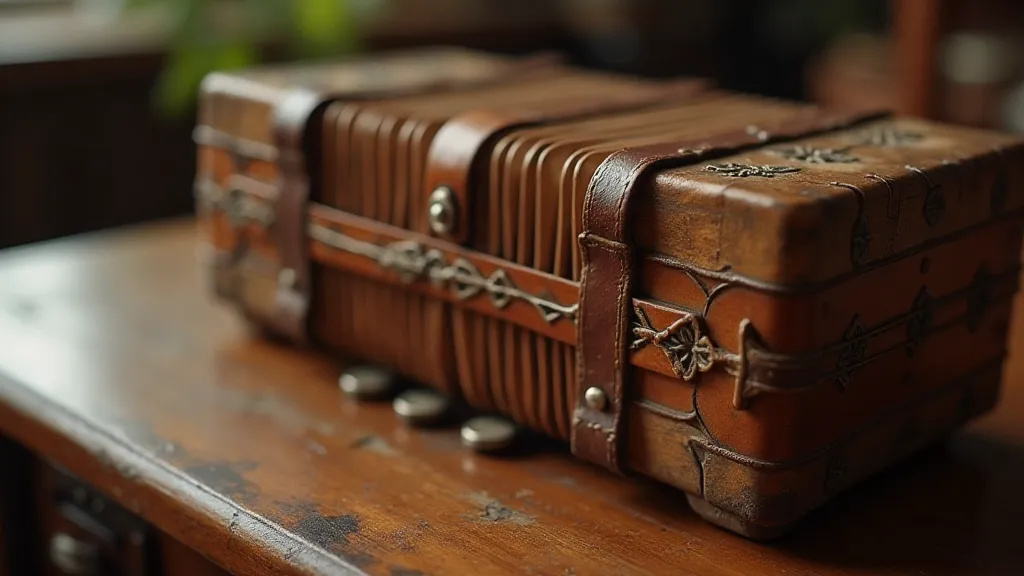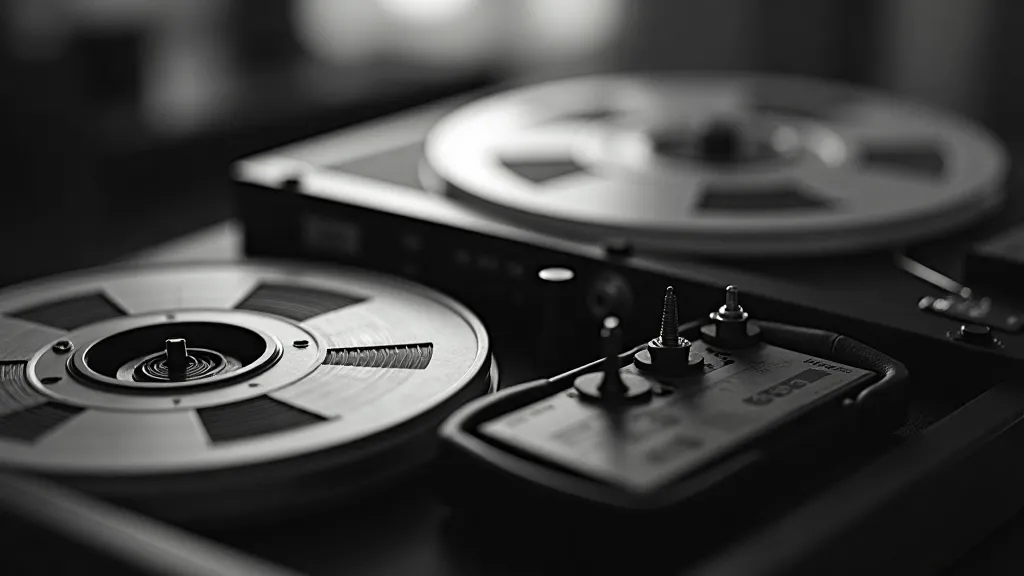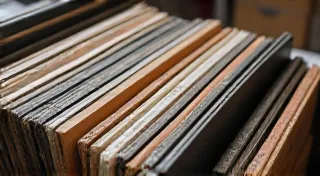The Score as Oracle: Foretelling Narrative Shifts Through Music
There’s a peculiar melancholy that clings to forgotten movie soundtracks, a phantom echo of ambition and artistry largely unappreciated in their time. It's a feeling I understand intimately, having spent years immersed in the dusty archives of film music, rescuing these sonic landscapes from oblivion. My journey began with a battered, antique accordion – a gift from my grandfather, a silent film projectionist – and the yearning to understand the music that accompanied the flickering images he so lovingly preserved. That accordion, with its wheezing bellows and complex, handcrafted reeds, became a portal to a world where music wasn't just background noise; it was a vital storyteller, subtly shaping our experience long before the plot unveiled its secrets.
The power of a film score isn't solely about swelling orchestral blasts or poignant solo piano pieces. It’s in the subtle shifts, the barely perceptible cues, the musical foreshadowing that creates suspense and anticipates what’s to come. Think of Bernard Herrmann’s work on “Psycho,” where the screeching violins aren’t just accompanying a shower scene; they're signaling impending dread. Or consider the haunting theremin in “Spellbound,” a sound that perfectly embodies the film's themes of psychological trauma and repressed memories. These aren't just melodies; they’re prophecies, subtly guiding the audience’s expectations and emotional responses.

The Craft of Musical Foreshadowing
The concept of “leitmotif” – a recurring musical theme associated with a character, place, or idea – is a cornerstone of this foreshadowing. Richard Wagner practically codified the technique in his operas, and it quickly found its way into film scoring. However, it's not simply about repetition. A skilled composer will subtly *alter* the leitmotif, warping it to reflect a change in the associated element. A heroic theme might become dissonant to signal a character's fall from grace, or a love theme might become fragmented to represent heartbreak. This manipulation isn't obvious; it operates on a subconscious level, subtly coloring our perception.
Early film composers faced unique challenges. Silent films relied heavily on live accompaniment, often improvised or adapted from existing classical pieces. This meant that a composer might be scoring a film while simultaneously having to react to the performance and the audience’s response. The lack of synchronized sound also demanded a heightened awareness of visual storytelling. Music became the primary tool for conveying emotion and anticipating plot twists.
Consider the work of David Raksin on "Laura" (1944). The film's haunting main theme, often associated with the titular character, is initially presented as a romantic and alluring melody. As the mystery unfolds and Laura’s true nature is questioned, the music undergoes subtle transformations - a slight shift in harmony, a darkening of the orchestration - that create an unsettling ambiguity. We, the audience, are manipulated to feel both attraction and suspicion, all thanks to the composer’s skillful manipulation of musical cues.
The Accordion's Role and the Collector’s Eye
While orchestral scores often dominate discussions of classic film music, instruments like the accordion, the piano, and the theremin played surprisingly significant roles. The accordion, in particular, lent a unique texture and emotional depth to many films. Its distinctive sound – a blend of reedy melancholy and folksy charm – perfectly complemented stories set in Eastern Europe, Latin America, or the American Southwest. The complex mechanics of the instrument itself, the interplay of the bellows and the keys, the subtle changes in timbre depending on how it’s played – all contribute to its expressive potential. Restoring an antique accordion is a labor of love. It requires a delicate understanding of its mechanics and a genuine appreciation for the craftsmanship that went into its creation. The reeds, often made of steel or brass, are particularly fragile and require careful tuning and replacement. The bellows, made of leather and cloth, are prone to cracking and tearing.

For collectors, the value of a film soundtrack isn’t solely based on its commercial success. It’s about the rarity of the recording, the artistry of the score, and the historical context in which it was created. Original soundtracks from lesser-known films can be incredibly valuable, especially if they feature unique instrumentation or innovative compositional techniques. Knowing how to identify a genuine original soundtrack – as opposed to a later reissue or bootleg – is crucial. Look for original pressing labels, check the condition of the vinyl, and research the printing history of the release. The liner notes can also provide valuable information about the composer, the musicians, and the recording process.
Beyond the Familiar Scores
It's easy to overlook the films whose scores haven't achieved the same level of recognition as those from Hollywood blockbusters. But within those forgotten soundtracks lie hidden gems, waiting to be rediscovered. Think of the work of Miklós Rózsa on "The Killers" (1946), a neo-noir thriller with a brooding and atmospheric score that perfectly complements the film’s dark and cynical tone. Or consider the experimental soundscapes of Bernard Newman on "The Cabinet of Dr. Caligari" (1920), a silent film that pushed the boundaries of cinematic expression with its jarring and unsettling music.
Listening to these lesser-known soundtracks isn't just an act of nostalgia; it's an opportunity to deepen our understanding of film music as an art form. It’s about appreciating the nuances of composition, the artistry of the musicians, and the historical context in which these scores were created. It's about recognizing the subtle ways in which music shapes our perception, anticipates our expectations, and ultimately enhances our emotional connection to the story being told.

The next time you watch a film, pay closer attention to the music. Don't just listen to it; *experience* it. Notice how it foreshadows events, shapes your emotions, and subtly guides your expectations. You might be surprised by what you discover.





